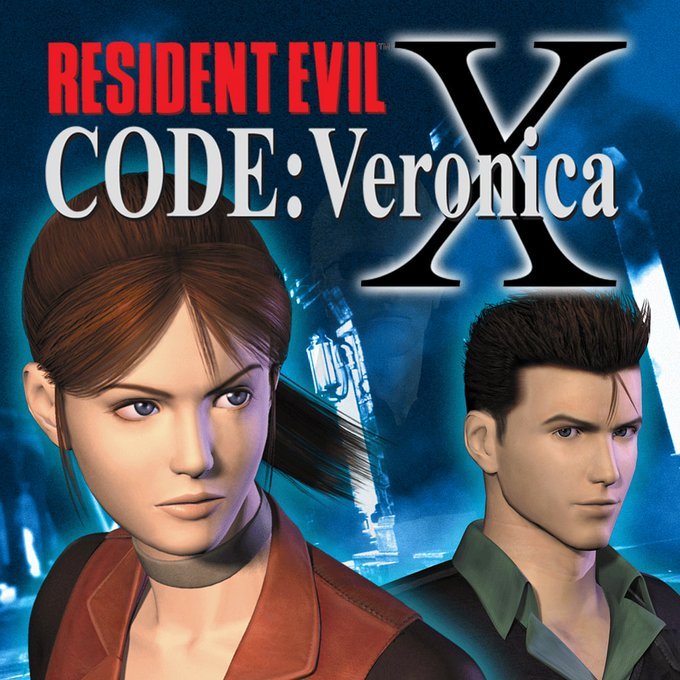Imagine a game that splits its audience right down the middle, sparking heated debates, and leaving gamers either passionately defending it or vehemently criticizing it. Resident Evil: Code Veronica is precisely that kind of game – a title that, for various reasons, remains one of the most contentious entries in the entire Resident Evil series.
My opinion is divided; I like it for some reasons, and I wouldn’t say I like it for other reasons. Code Veronica may come as an unexpected twist for those who’ve traversed the eerie, undead-filled landscapes of earlier Resident Evil games.
Now, you might be wondering: what makes this game so divisive, and what sets it apart from the rest of the franchise? Join us on a journey into the intriguing world of Resident Evil: Code Veronica, where we explore the twists and turns of its narrative, its unique gameplay mechanics, and the factors that have cemented its place in gaming history.
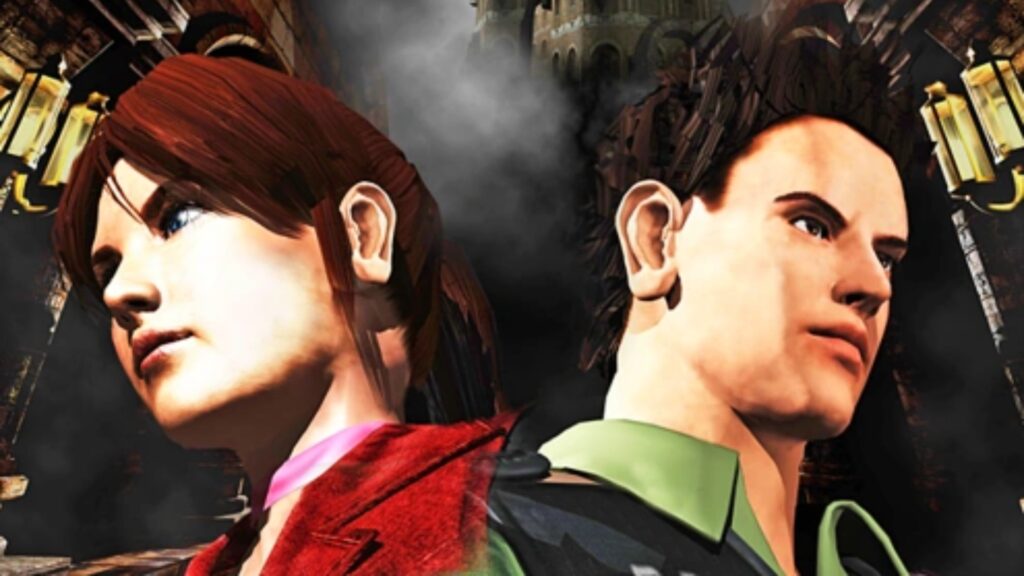
On This Page
Introduction
Traditionally, Resident Evil games were characterized by a dearth of narrative depth, leaning on cryptic puzzles and cinematic cut-scenes to propel the story forward. In contrast, Code Veronica deviates from this established norm, offering players a narrative that is not just coherent but also laden with genuine drama and meticulously scripted events. This narrative foundation lends the game a sense of depth that was previously unseen in the series.
One enigmatic aspect of Code Veronica is the conspicuous absence of a numerical designation in the game’s title. This has long been a subject of speculation and debate among fans. Was it a deliberate omission, or should this installment have been rightfully numbered like its predecessors? Shinji Mikami, the creative genius behind the Resident Evil series and the producer of Resident Evil: Code Veronica, shed light on this mystery. He revealed that the absence of a number wasn’t mere happenstance but rather a result of “political reasons between Capcom and the console manufacturing giant, Sony.” It’s intriguing to consider how external factors shaped the game’s identity.
Let’s take a journey back in time to the year 2000 when “Code Veronica” first emerged on the Sega Dreamcast. Fast forward a year, and in 2001, it reappeared on the PlayStation 2 under a new guise – “Code Veronica X.”
You might think this is a showdown between the original and an extended version, but it’s more like a sibling rivalry. “Code Veronica” and “Code Veronica X” share DNA, but the latter is the enhanced, turbocharged sibling. The game boasted superior graphics and added cut scenes, enriching the visual and narrative experience.
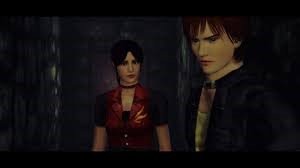
Story
Here, the events take place three months after the events of RE2, which saw Raccoon City completely destroyed. Claire Redfield, who first appeared in RE2, plays the main protagonist. She’s on a quest to locate her missing brother, Chris.
Her journey takes her to infiltrate an Umbrella facility in Paris, where she gets captured, and players witness some of the best CGI moments in the game. She gets captured and transferred to Rockford Island, setting the stage for a rival paramilitary unit’s invasion, resulting in the release of the T-virus.
Early in the game, players are introduced to one of the quirkiest characters in video game history, Steve Burnside, who was instrumental to Claire Redfield’s escape from Rockfort island– think of him as the guy who brings a rubber chicken to a zombie apocalypse.
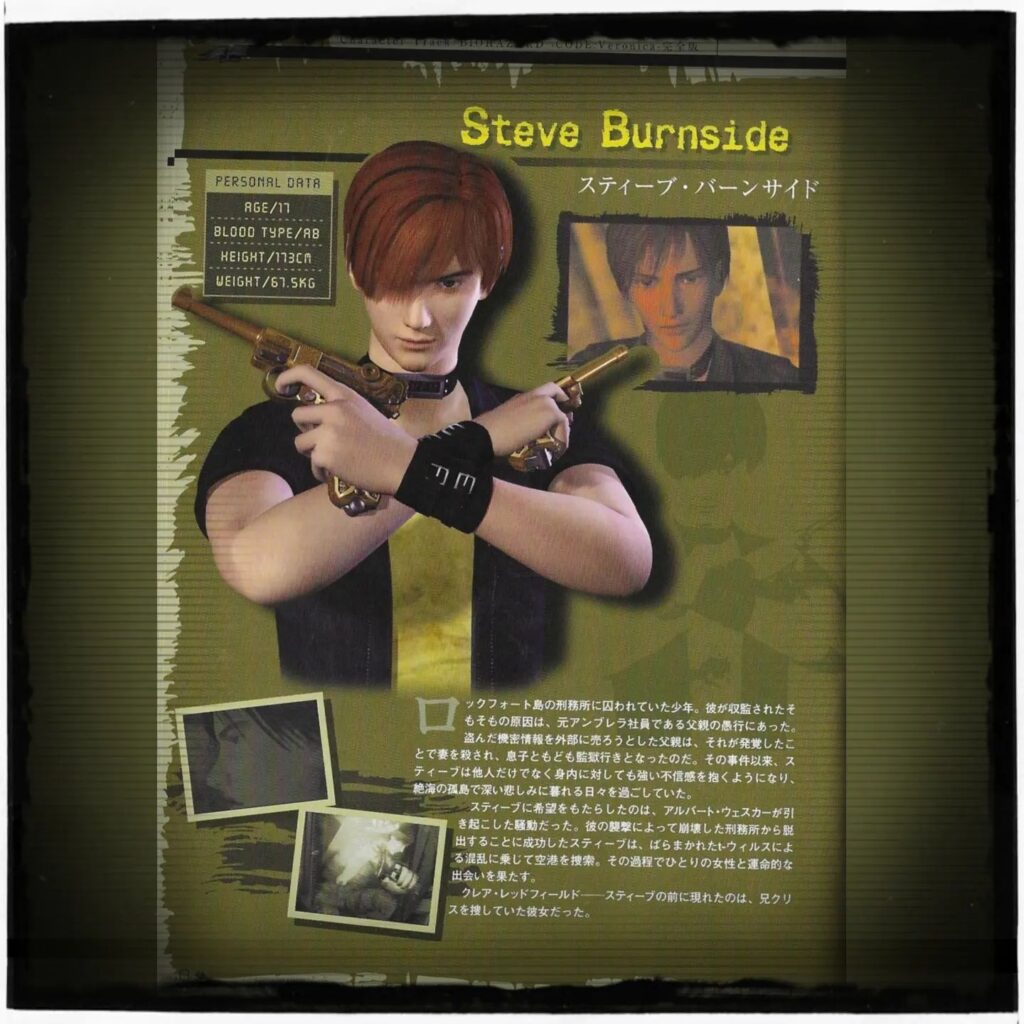
Speaking of relationships, while sibling relationships take the forefront, there’s a whole host of other characters lurking in the shadows of this sinister narrative. Take, for instance, Meet the high-society twins Alexia and Alfred Ashford. Now, these two aren’t your ordinary, run-of-the-mill siblings. They come with snobbery that could shame even the haughtiest aristocrat. But let me tell you, their snobbiness is the least of their problems.
You see, even as kids, these twins had a dark side that would send shivers down your spine. They dabbled in some seriously sinister stuff, like using Alexia’s T-Veronica Virus to mutate their very own father. Yep, you read that right – Daddy dearest didn’t stand a chance.
Now, when it comes to Resident Evil: Code Veronica, things take a seriously twisted turn. Alfred, one half of the dastardly duo, is out for blood. He’s got his sights set on Claire Redfield and Steve Burnside, and let me tell you, he’s not playing nice. In fact, he’s been known to don the guise of his sister, Alexia, just to make matters all the more bewildering.
But here’s where it gets even more bizarre. When Alexia is finally unleashed from a cryogenic chamber, her brother, Alfred, is essentially no more. And what’s her game plan, you ask? Well, it’s a revenge mission, pure and simple – and nothing is going to stand in her way.
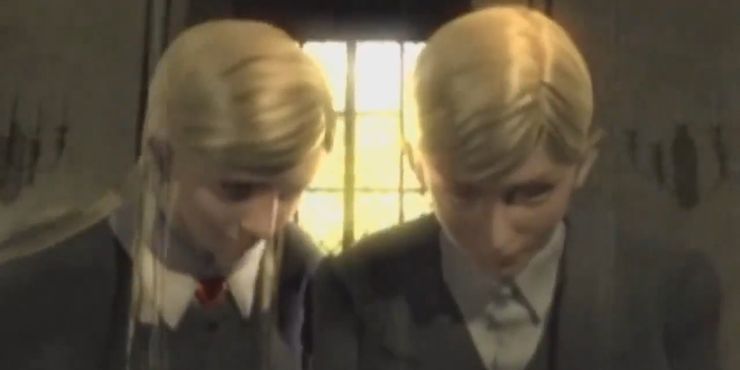
Amidst all this chaos, there’s one more character you should be wary of – the enigmatic and menacing Albert Wesker. He’s the main antagonist of the game, a former high-ranking member of the Umbrella Corporation. Throughout your journey, you’ll discover that he’s the mastermind behind the sinister events plaguing Rockford Island, including releasing the dreaded T-virus. Wesker’s actions and motivations make him a formidable and mysterious adversary, adding a layer of tension and intrigue to the overarching narrative.
So, as you step into the eerie world of Resident Evil: Code Veronica, be prepared for a rollercoaster of emotions, familial bonds, and enigmatic adversaries that will keep you on the edge of your seat.
Gameplay
Once the main game is completed, “battle mode” is unlocked, which is a mini-game in which the player character is given infinite ammo and several locations from the main game with different enemies. In addition, players also get to control Steve Burnside and Albert Wesker, and you only get to unlock one costume for Claire, and that is exclusive to battle mode.
For the controls, it’s the standard tank control we’re all used to, which is still as clunky as ever. This makes it really hard to fight enemies. You do get some new weapons in your arsenal like the magnum handguns, colt python, ak-47, and a rocket launcher that’s basically useless, among several others.
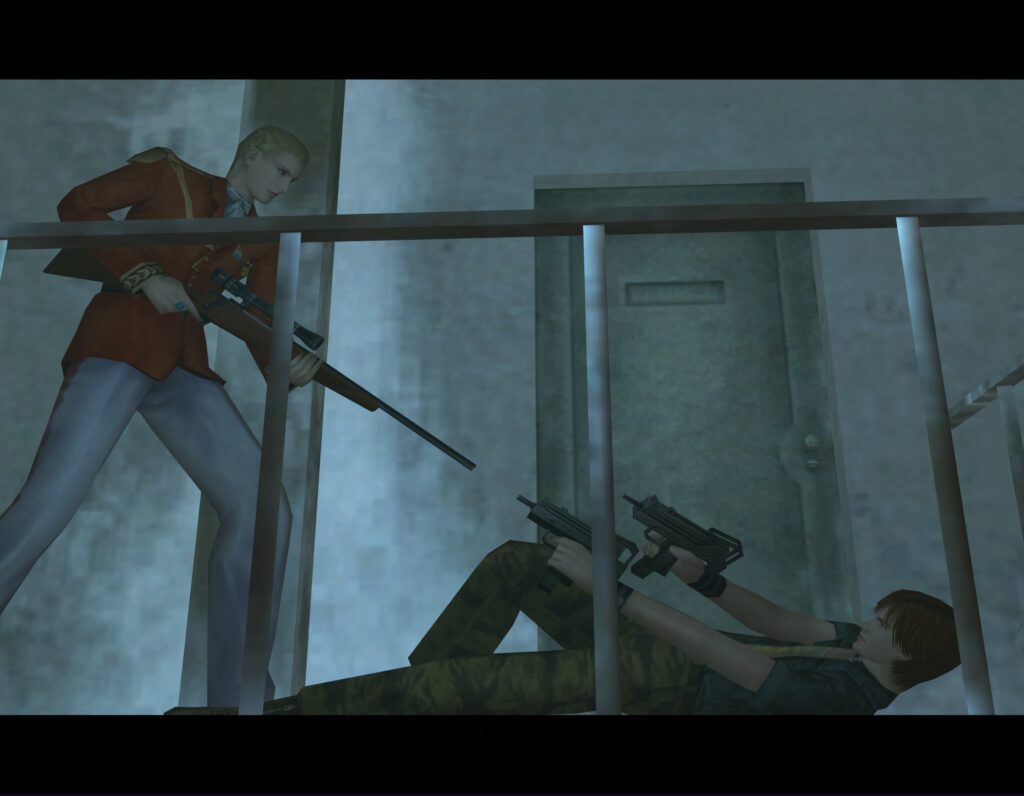
But I must say the weapon I found most useful is the knife, as there really isn’t enough ammo most times to kill all enemies. If you go into rage mode and keep pumping zombies with bullets, you’ll get stranded at some point, and the knife is so helpful for slicing the zombies until they meet their demise. It’s one of the reasons why I found this game so unreasonably difficult.
I had a hard time finishing it, as the boss fights are so tormenting. In my opinion, even the Bandersnatch creatures are way too overpowered, and the game tries to encourage you not to save your progress so that you can be placed higher on an online leaderboard. Taking this seriously might mean you never complete the game, considering the fact that enemies can swarm you in the most unexpected places.
It’s a horror game, so such encounters should be expected. Unfortunately, the game relies on fetch-quest-based puzzles, like the Magnum own, and some might require memorization. Not to forget how tedious the backtracking can be, especially when you don’t know what to do next, so you have to return to every room to figure out what you missed.
Although this is common in all RE games, it’s more apparent in Code Veronica due to the larger areas with smaller designs.
The exploration in Code Veronica wasn’t very enjoyable to me. For most parts of the island, you must go to one end, obtain an item, and take it to the other just to unlock a door or more. You get another item and then backtrack all the way to the other side of the island, usually with more enemies being spawned in, perhaps to try and hide the fact that you’ve been there three times already.
At least in the previous games, when you got a key, it would open a few doors and shortcuts to make things easier or more enjoyable.
Graphics/Audio
The game is slow-paced, with moments where nothing happens, and the dark environments don’t help the case. However, I must point out that the dynamic lighting helps change things a bit. One of the most significant changes in Code Veronica is the shift away from pre-rendered backgrounds to full-fledged 3D environments. This innovation provides players with dynamic camera angles, injecting a fresh thrill into the horror atmosphere.
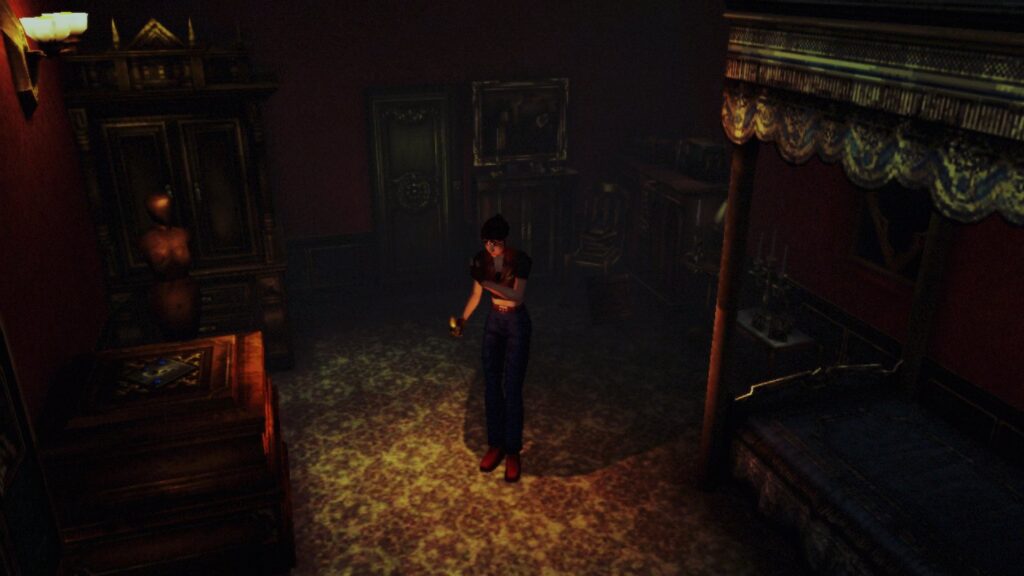
Character models aren’t as realistic as in other PS2 games, and while the game looks best on the PS2 compared to other consoles it was ported to, it still falls short. The camera angles don’t help this case.
Code Veronica marks a turning point for the series in terms of storytelling. The game takes a plot twist so unexpected that it seems to defy conventional wisdom. A resurrected Wesker brings a whole new level of complexity to the narrative. This shift paves the way for dynamic camera angles that invigorate the experience, maintaining the franchise’s hallmark horror elements.
The soundtrack and sound effects remain unchanged, with the spooky vibe maintained, and it really shines through in the dialogue. For example, the part where the giant spiders crawl on the walls, and their feet make a disturbing scampering sound is just one such detail that you have to appreciate. It was as a result of this that the horror tone of the game was still maintained as you could hear zombies growling at times, but you wouldn’t see them, and when they finally show up on your screen, you get startled a bit, so it was a nice change to have.

The voice acting is pretty terrible, with Steve’s character, voiced by William Houston, being the worst. He literally sounds like a spoiled teenager with an annoying Canadian accent. Albert Wesker, voiced by Richard Waugh, delivers his lines well, matching the character’s vibe. The graphics, though, are all over the place; you can see some improvements in the fire and rain effects, but the blood splatter after shooting enemies in the head looks the same as rain splatter.
Replayability
One thing that will discourage people from coming back to play the game, that is if they even have the patience to complete it in the first instance, is the difficulty. Yes, Code Veronica does have its frustrating moments, but all that adds up to the experience, and it also doesn’t have a lot of side activities.
To add to this, the graphics are already outdated, considering the game was released over 20 years ago, and it was never remade even to give players the chance to experience this differently. Realistically, you could expect to be through with the game in 12 hours. It is also worth pointing out that once you complete the game, you can play it again in the first-person perspective.
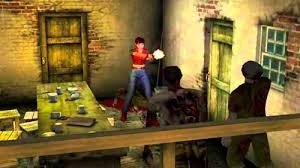
Conclusion
Having said that, it’s evident that Code Veronica is not my favorite in the franchise; it is one that has probably stuck with me the most. Where the gameplay disappointed me, the plot was able to keep me going. Personally, I wouldn’t play the game again, but it’s still an icon, whether I or anybody else wants to admit it or not. I also think this game has a lot of great moments, but the negatives have pushed it down more.
Joys
- Immersive sound and atmosphere
- Deep and coherent narrative
- Memorable and Enigmatic characters/antagonists
Cons
- Clunky controls
- Mixed graphics quality-While it boasts of dynamic camera angles, they really don’t help that much
- Unreasonable difficulty (ies) leading to Limited replayability, eg Fetch-quest puzzles
